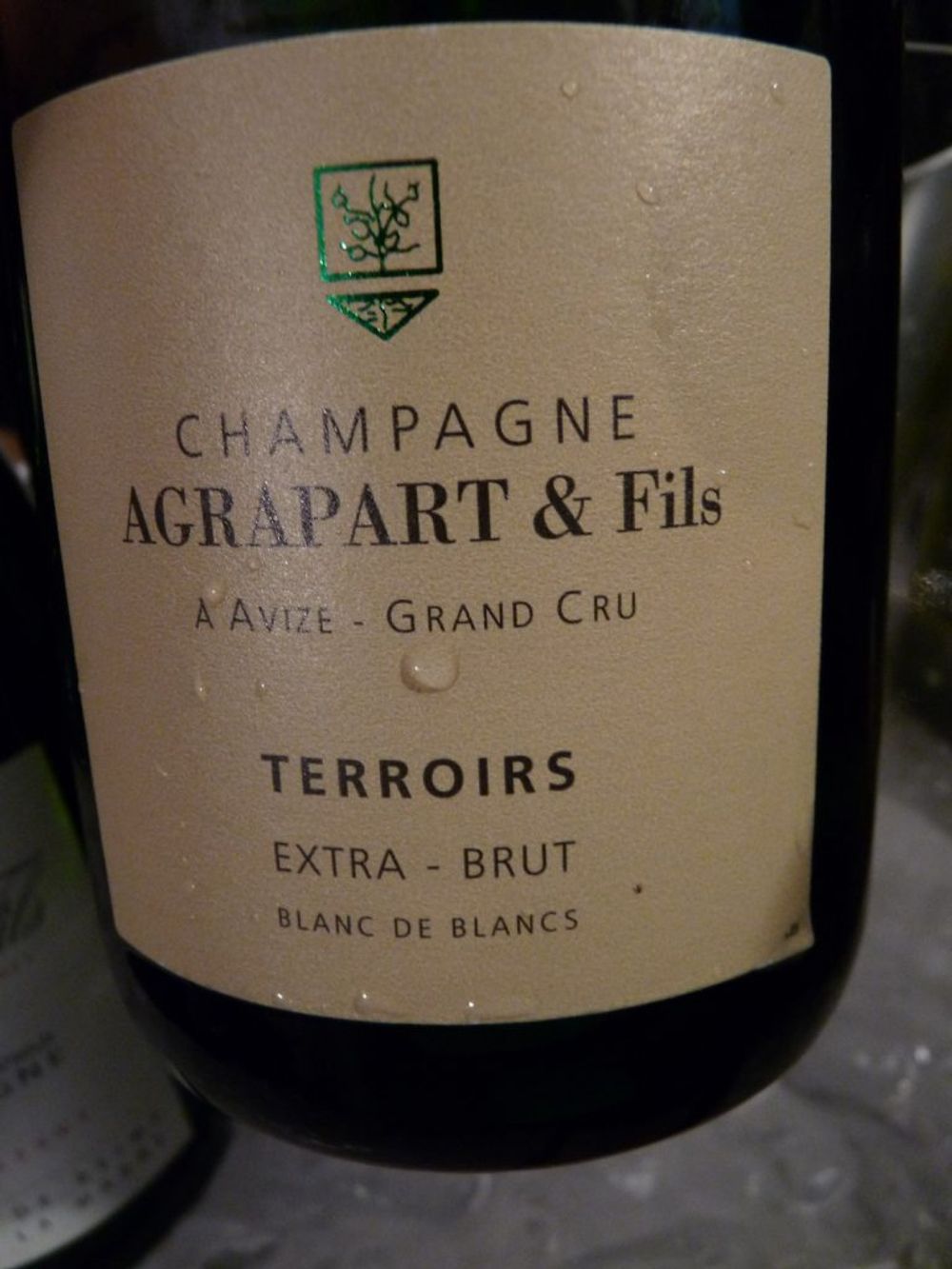In answering the question of What is New Wave Champagne? the masterclass explored four themes: ‘The Taste of Place’, ‘Single Crus/ Single Vineyards’, ‘Barrel and Big-Oak Fermentation’ and ‘Perpetual Reserves, Zéro Dosage and Rosé’
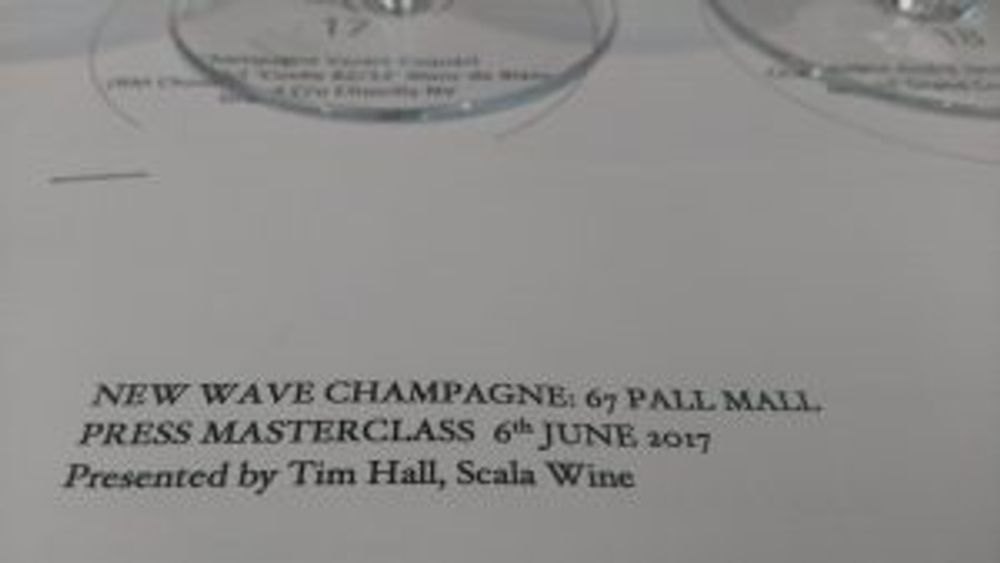
Tim Hall, Champagne aficionado, ambassador, importer and writer tried to tackle this question with a stellar tasting at London’s 67 Pall Mall private members club on Tuesday morning, June 6.
Twenty Champagnes – including the likes of Sélosse, Egly-Ouriet, Larmandier-Bernier and Jacquesson – were shown in the masterclass preceding the afternoon tasting. It turned out to be as much of a ‘dream ticket’ as the tasting was billed to be.
Hall had chosen the producers and, in turn, the producers had decided which wines to showcase. Hall then grouped them into ‘themes’ that represent elements of this Nouvelle Vague. Each of these themes provided useful hooks for probing and enlightening thoughts on Champagne.
Theme One – The Taste of Place – Sub-Regions and Districts
- Champagne Egly-Ouriet (RM), Tradition Grand Cru NV, Montagne de Reims
- Champagne Geoffroy (RM), Pureté Brut Nature NV, Marne
- Champagne Gimmonet (RM), Oenophile Non-Dosé 2008, Côte des Blancs
- Champagne Lacourte-Godbillon (RM), Terroirs d’Écueil, Premier Cru Écueil NV, Petite Montagne
After letting us taste and concentrate on the wines (so rare in so many tastings) Hall warned of over-generalising to what extent these Champagnes were representative of their sub-regions, especially in the case of Champagne.
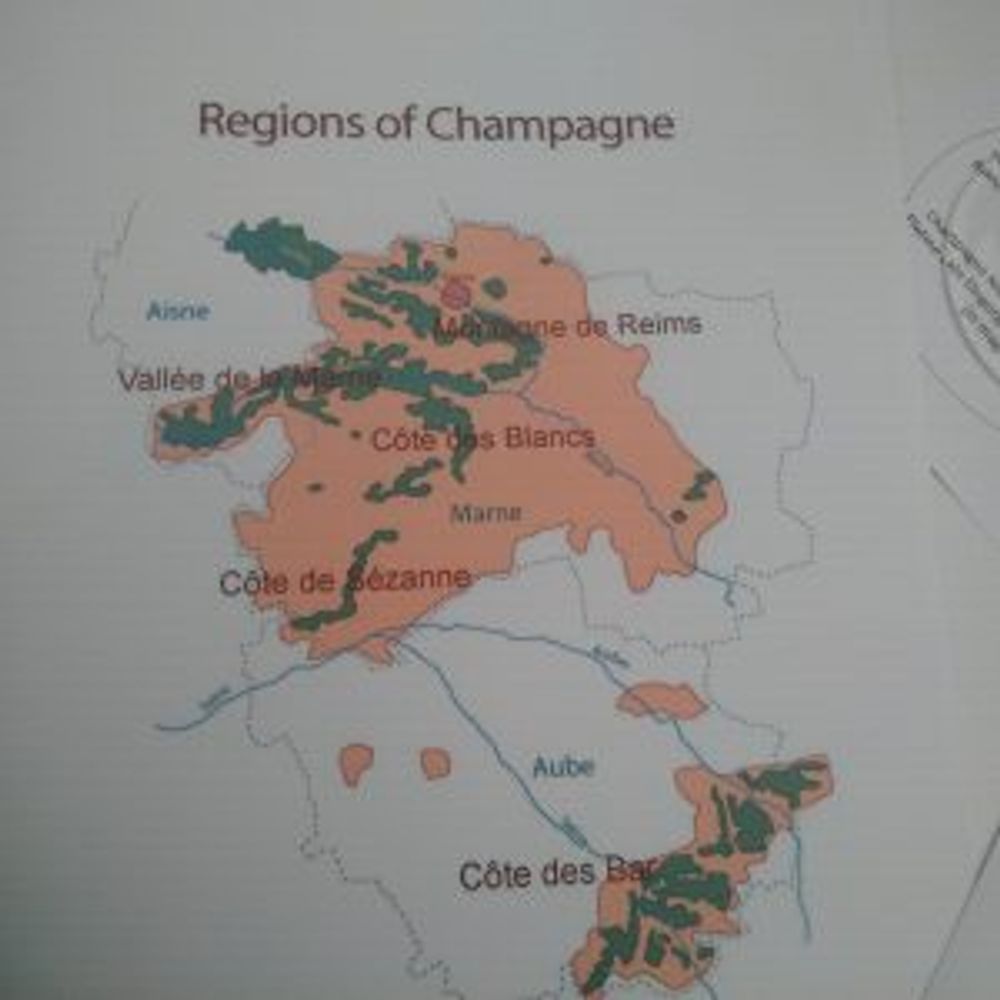
“Whatever terroir might suggest is constantly being interfered with by winemaking,” he said, noting that the four wines shown were from different grape varieties, with different winemaking styles and different dosage levels.
Illustrating stylistic traits of the sub-regions thus was not his point. To Hall, the “sense of place” these wines showed was “probably the most important distinction of this tasting.”
Champagne did not have to be blended from countless vineyards across the entire region; instead all of the wines shown were “very local,” he said.
“None of these four wines here is a major brand but it is the decisive iceberg quality of Champagne: visible at the top are the extremely well known brands but underneath the surface there are great producers who are only well known to a very small number of people.”
Theme Two – Single Crus – Single Vineyards
- Champagne Drappier (NM), Grande Sendrée 2008, Urville
- Champagne AR Lenoble (NM), Grand Cru Blanc de Blancs Chouilly 2008, Damery
- Champagne Larmandier-Bernier (RM), Latitude Blanc de Blancs Extra Brut Premier Cru Vertus NV, Vertus
- Champagne Lassaigne (NM), Les Vignes de Montgueux Extra Brut NV, Montgueux
- Champagne Vve. Fourny& Fils (NM), Clos ‘Faubourg Notre-Dame’ 2005 Blanc de Blancs Extra Brut Vertus Premier Cru, Vertus
- ChampagneVilmart (RM), Grand Cellier d’Or 2012 Premier Cru Rilly-la-Montagne
At this point of the tasting someone enquired about the strange abbreviations of RM and NM marked after every producer: these signal the legal status of each estate and they stand either for récoltant-manipulant, a Champagne estate that only makes wines from estate-grown fruit vis-à-vis a négociant-manipulant who can buy in grapes or must in addition to his/her own fruit.

Hall is well known for not liking the term “grower Champagne” and prefers to denote these RMs as “single-estate” or “domaine” Champagnes instead. According to Hall, these ‘growers’, despite the column inches and adulation they (deservedly) receive only represent 1.5% of Champagne imports to the UK. But Hall returned to this point later.
The flight itself led him to talk about the “increasing concern” on the part of growers and houses to express terroir. They do this by producing single-site Champagnes.
While there have always been single-vineyard Champagnes this is another distinct element of the New Wave.
Other oenological themes that are being explored are lower pressure and a debate about the length of time on lees. Hall noted that, according to his own calculations “based on very reliable data”, the average time on lees of the ten leading Champagne brands currently amounted to only 31.5 months – a far cry from the minimum of three years always touted as the absolute yardstick for quality. (N.B. The legal minimum for NV Champagne is 12 months on lees of a total minimum of 15 months in bottle, vintage-dated Champagnes require a minimum of three years on lees.)
Theme Three – Barrel and Big-Oak Fermentation
- Champagne Billecart Salmon (NM) Cuvée Sous Bois, Mareuil-sur-Aÿ
- Champagne Henri Giraud (NM) MV10 Aÿ Grand Cru Brut NV, Aÿ
- Champagne Jacquesson (NM), Cuvée No. 740 NV, Dizy
- Champagne Agrapart (RM), Avisoise 2010 Grand Cru Avize, Avize
- Champagne Miniere F&R, Cuvée Influence Brut NV, Hermonville
Hall noted how stainless steel was a relatively recent newcomer to Champagne.
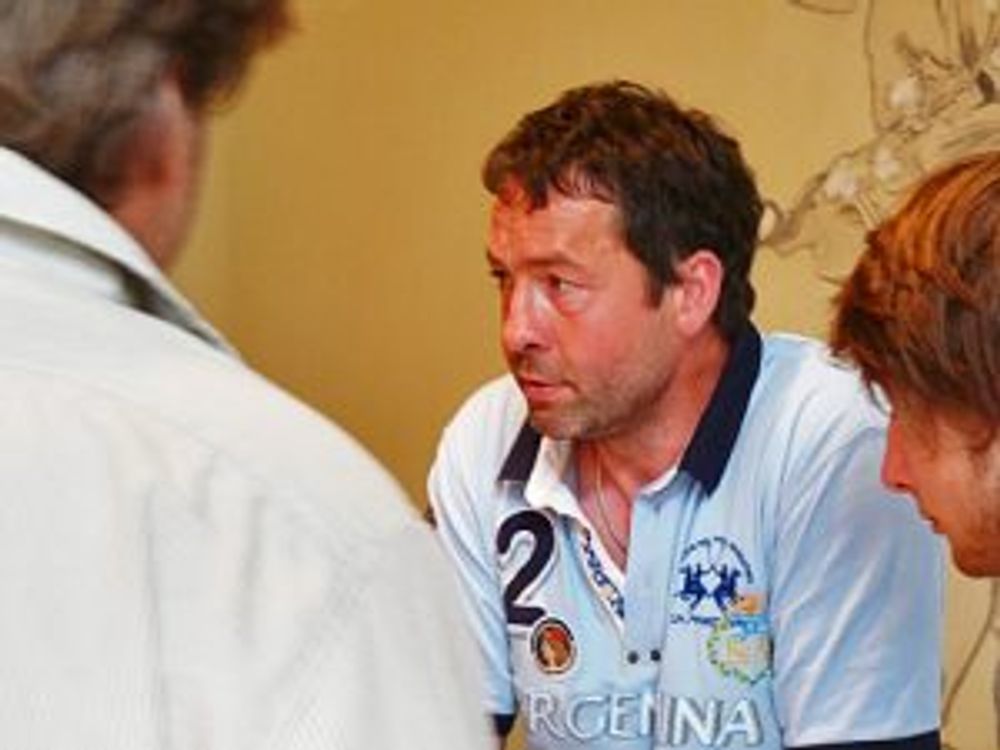
Pascal Agrapart
“Stainless steel has a definite flavour despite being inert,” he teased. “It’s interesting that oak fermentation is gaining ground, it’s like innovation is looking across its shoulder,” he noted, suggesting a return to ancestral ways before immediately noting how much skill oak fermentation and maturation of base wines took.
“The complexity of control and human judgement is great. This is nothing to do with being a horny-handed son of the soil but everything with precision and technical savoir-faire,” said Hall, happily puncturing the inflated, idealised notion of the grower as an almost primitive artisan in a low-tech, bucolic world.
The wines in our glasses, he rightly noted, showed “absolute mastery of the use of oak,” whether that was during fermentation only, or also during maturation, concerned the contact with lees or the minute oxygen-exchange that is possible in barrel.
Theme Four – Perpetual Reserves, Zéro Dosage and Rosé
- Champagne Bruno Paillard (NM), Premiere Cuvée NV (Magnum), Reims
- Champagne Vazart-Cocquart (RM), Cuvée 82/12 Blanc de Blancs Grand Cru Chouilly NV
- Champagne André Jacquart (RM), Le Mesnil Grand Cru Brut Nature NV, Vertus
- Champagne Maillart (NM), Platine Late Disgorgement 2003-2006 NV (magnum), Écueil
- Champagne Jacques Sélosse (RM), Brut Rosé NV, Avize
This flight perfectly illustrated the discussions begun earlier.
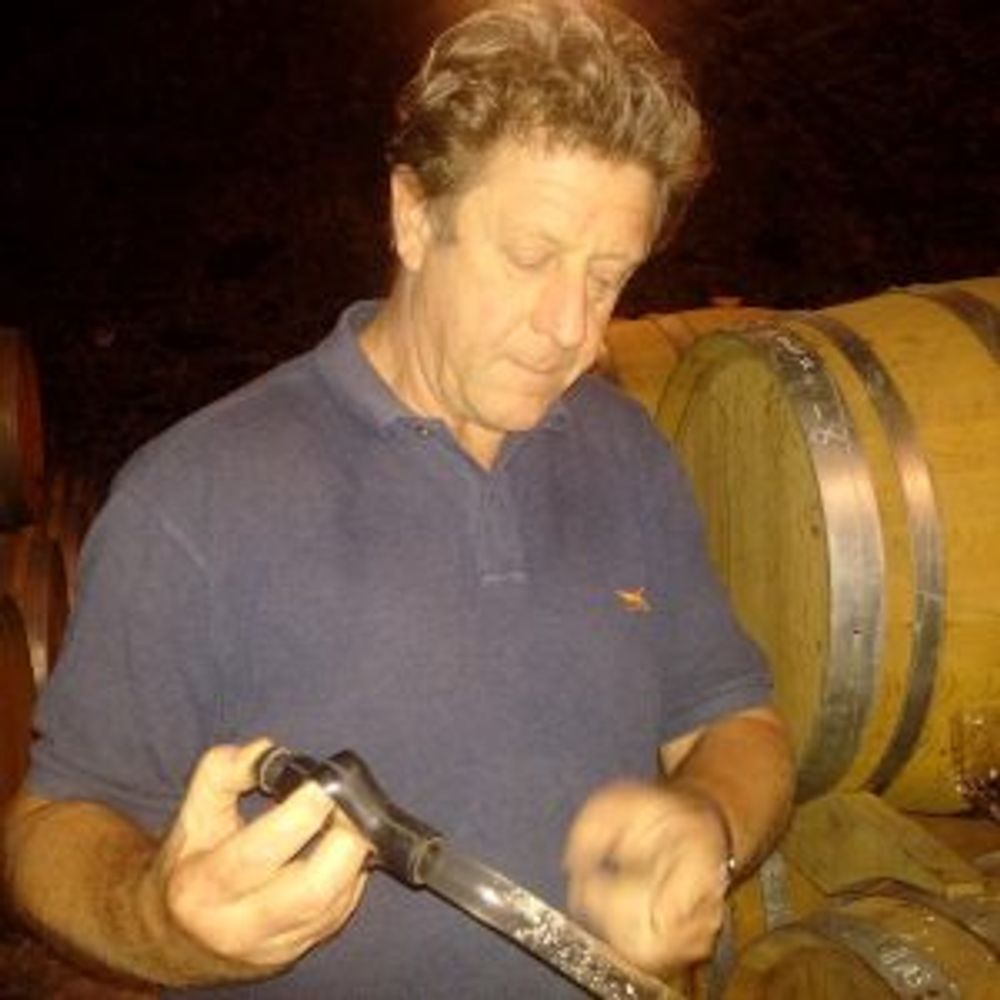
Anselme Selosse
Hall put it succinctly: “Nothing about the New Wave contradicts huge skill.” He then added: “You will have noticed that I have not said a single word about what New Wave Champagne is but you will have noticed that I have chosen nine important négociant houses, small and family-owned, and eleven growers.”
Why was he lumping them together, he asked, growers and houses “when the predominant narrative is that never the twain shall meet?” His answer followed: “What unites all of them –apart from the intention to make Champagne that reflects its origin – is an approach to viticulture that is different.” He then counted seven points they all had in common:
- Absolute determination to produce riper grapes (than the average of the region) that express place better
- Determination to de-vigorate vines and encourage deeper roots that are constantly in touch with a seasonally variable water table
- Older vines with naturally lower yields
- Aerated soils – everyone here cultivates soils to enliven that “precious vital rhizosphere”, i.e. the place where vine and soil really interact. “This takes initiative and work,” said Hall.
- Reduction of synthetic agrochemicals
- The recognition of the identity of specific, individual parcels and the knowledge of this specificity
- The refutation of the “romanticisation of the grower”. Hall emphasised the multiple skills required to succeed: in vineyard, in cellar, in world markets. “The idea that this is romantic and non-technical is not true.”
Hall was probably preaching to the converted when he said that “Champagne can take its place alongside fine wine as it is a wine of place.”
Those who really love Champagne also know that its appeal goes way beyond the allure and air of luxury created by centuries of well-honed, unrivalled marketing.
Hall’s masterclass was a well-informed, critical, enlightening and utterly delicious glimpse into a very dynamic region.
The following wines were my personal favourites:
- Champagne Egly-Ouriet (RM), Tradition Grand Cru NV, Montagne de Reims
- Champagne Drappier (NM), Grande Sendrée 2008, Urville
- Champagne AR Lenoble (NM), Grand Cru Blanc de Blancs Chouilly 2008, Damery
- Champagne Billecart Salmon (NM) Cuvée Sous Bois, Mareuil-sur-Aÿ
- Champagne Bruno Paillard (NM), Premiere Cuvée NV (Magnum), Reims
- Champagne Jacques Sélosse (RM), Brut Rosé NV, Avize
The absolute killer wine was
- Champagne Agrapart (RM), Avisoise 2010 Grand Cru Avize, Avize
